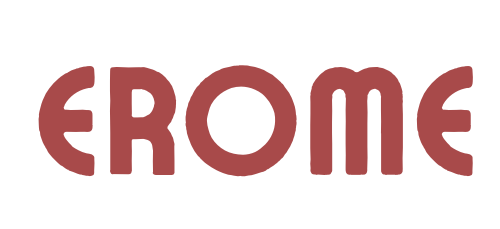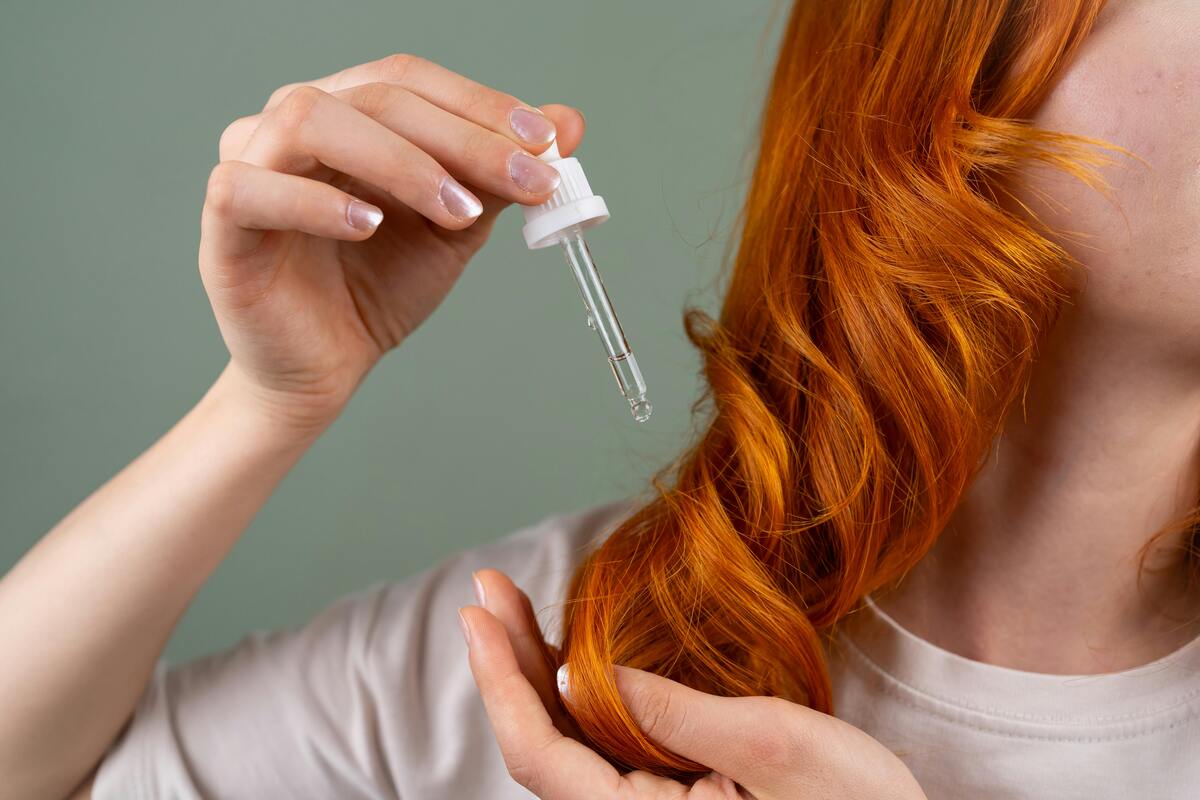The Science Behind Aging and Hair Loss: What Happens to Your Hair Over Time
Hair thinning and hair loss are inevitable parts of aging for both men and women. As we grow older, our hair follicles shrink, resulting in finer, shorter hair strands. In some cases, the follicles stop producing new hair altogether. This phenomenon is linked to several factors: reduced blood flow, declining hormone levels, slower cell regeneration, and decreased sebum production, which leads to dry, brittle hair.
Research confirms that aging and hair loss often go hand in hand. For instance, studies show that postmenopausal women experience notable hair thinning due to reduced estrogen levels. Meanwhile, men experience a gradual decline in testosterone, contributing to male pattern baldness. Other conditions like ovarian aging and hair loss, aging and pubic hair loss, and even aging and hair loss on legs are commonly observed.
Additionally, the scalp becomes more prone to inflammation and sensitivity with age. These conditions weaken hair roots and exacerbate shedding. Environmental stressors like pollution, UV exposure, and smoking accelerate these effects. Recognizing these biological and environmental triggers is key to choosing the right interventions.
1. Support Cellular Health with Antioxidants
Free radicals—the unstable molecules that damage cells—are major contributors to aging and hair degeneration. Antioxidants neutralize these harmful compounds and promote overall cellular repair. A diet rich in antioxidant-packed foods like berries, dark leafy greens, nuts, and green tea can support healthier, longer-lasting hair.
Topical antioxidants such as vitamins C and E have been studied for their ability to reduce oxidative stress on the scalp. Additionally, botanicals like rosemary extract and caffeine-based serums show promise in enhancing circulation and follicular health. Boost your routine naturally—consider adding affordable health supplements to your wellness efforts.
Regular intake of polyphenols, flavonoids, and other phytonutrients can improve hair follicle resilience. Clinical studies also point to the role of resveratrol and CoQ10 in slowing cellular aging, which includes tissues in the scalp and hair shaft.
2. Replenish Nutrients That Decline with Age
As we age, our bodies become less efficient at absorbing and utilizing essential nutrients that are vital for hair health. Deficiencies in biotin, zinc, iron, and vitamin D are commonly linked to increased hair fall and slower hair regrowth.
For elderly individuals, especially, the link between elderly and hair loss is often nutrient-related. Clinical studies have highlighted the role of biotin and iron supplementation in improving hair volume and shine. A daily multivitamin tailored for older adults can help restore these depleting reserves.
Vitamin B12 is another nutrient that becomes harder to absorb with age and is critical to red blood cell formation and oxygen delivery to hair follicles. Collagen and silica can also promote elasticity in both skin and hair.
Omega-3 fatty acids and amino acids also support the scalp’s barrier function and contribute to thicker, more resilient strands. Including foods like fatty fish, eggs, and flaxseeds—or supplementing wisely—can make a visible difference.
3. Address Hormonal Changes—Especially in Women
Hormonal imbalance is a major culprit behind hair loss in aging individuals. Women going through menopause often experience a drop in estrogen, which disrupts the natural hair cycle. Similarly, ovarian aging and hair loss are tightly interconnected.
Thyroid disorders, insulin resistance, and even stress-related cortisol spikes can accelerate hair thinning. Consulting a healthcare provider for hormone testing is a valuable step. Treatments like low-dose hormone therapy, adaptogenic herbs (like ashwagandha), and dietary changes have been studied for their impact on hair density.
In men, declining testosterone and increased dihydrotestosterone (DHT) levels are linked with androgenetic alopecia. Some natural DHT blockers include saw palmetto and pumpkin seed oil, which are being researched as alternatives to synthetic treatments.
Hormone-friendly practices such as reducing sugar intake, prioritizing sleep, and managing chronic stress can help keep endocrine levels in balance—supporting hair and overall well-being.
4. Use Natural Oils Proven to Support Hair Growth
Hair oils have been used for centuries to promote scalp health and hair regrowth, but modern science now supports their benefits. One standout is Batana oil, rich in oleic and linoleic acids. Studies suggest that these fatty acids strengthen the hair shaft, reduce protein loss, and improve moisture retention.
Batana oil is also known to revive dormant follicles and stimulate growth in thinning areas. Its high antioxidant content protects against environmental stressors, while its emollient properties improve texture and shine.
A single drop massaged into the scalp daily can help restore elasticity and density over time. You can try pure, ethically sourced Batana oil from Keyoma.
Unlike synthetic treatments, Batana oil provides a holistic, nutrient-rich remedy with minimal side effects—making it a favorite for those seeking natural solutions for aging and hair growth support.
Other oils with proven efficacy include rosemary oil, castor oil, and pumpkin seed oil. Combining these in weekly scalp treatments can complement your routine for visible results over time.
5. Stimulate the Scalp and Hair Follicles Regularly
Blood circulation plays a crucial role in delivering oxygen and nutrients to hair follicles. With age, blood flow to the scalp often decreases, leading to weaker roots and slower growth.
Scalp massage is one of the simplest yet most effective techniques. Research shows that 4-minute daily massages can increase hair thickness over 24 weeks. Tools like derma rollers and scalp brushes can amplify these effects by mildly wounding the skin and triggering regenerative responses.
Other effective techniques include laser light therapy and microneedling, both of which are backed by clinical studies for improving density and combating aging hair loss remedies.
You can also integrate aromatherapy into your scalp routine. Oils like peppermint and lavender not only stimulate hair follicles but also reduce inflammation and tension that can contribute to hair fall.
Using these methods alongside topical treatments, including essential oils or serums, can compound benefits over time. Consistency is key—results are cumulative and often visible after several months of regular care.
Restore, Rebuild, and Regrow with Science
Aging and hair loss may be natural, but they don’t have to be inevitable. By addressing the underlying causes—oxidative stress, nutrient decline, hormonal shifts, and reduced circulation—you can significantly slow down the process.
Incorporating scientifically backed strategies such as antioxidant-rich diets, natural oils like Batana, and targeted scalp stimulation can breathe new life into aging strands. Vibrant hair can be a part of every chapter of life.
Whether you’re navigating menopause, managing aging stress, or simply looking for better hair days, the path to revitalization is clear, natural, and achievable.
With research as your guide and consistency as your ally, it’s entirely possible to maintain healthy, radiant hair well into your later years. The key lies in proactive care, nutrient support, and embracing time-tested natural remedies that work with your body—not against it.

